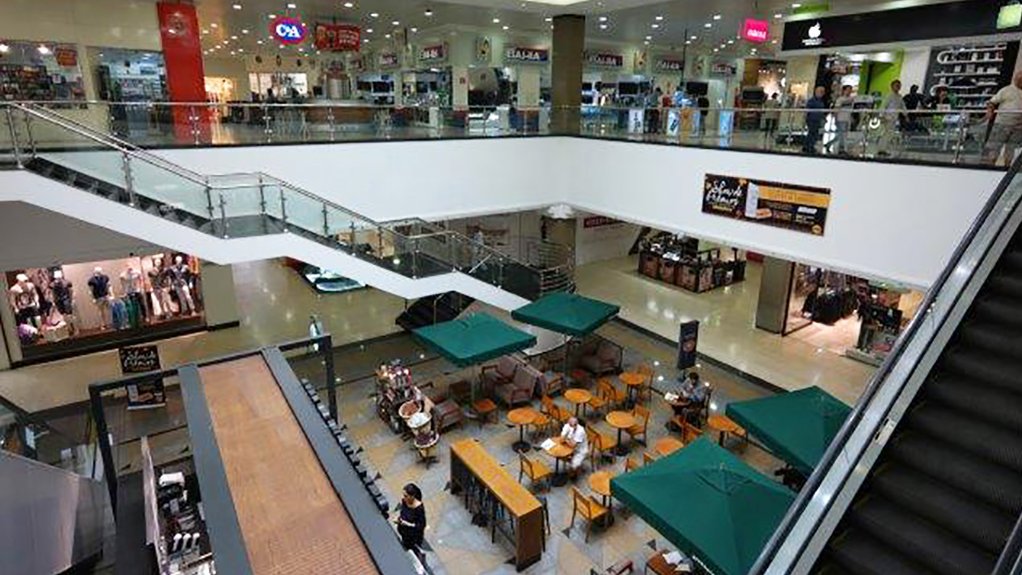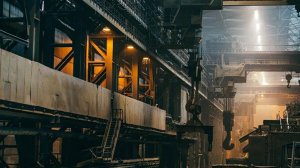Buildings that accommodate large numbers of the public are often not designed with specific occupant characteristics in mind. Shoppers are often unfamiliar with the layout of the emergency escape paths and are unaware of sounding fire alarms and other emergency systems.
Large buildings such as shopping centres, very tall buildings, or highly-hazardous industrial environments are not specifically catered for in South Africa’s codes and standards, according to ASP Fire CEO Michael van Niekerk.
“South Africa’s fire-protection regulatory framework is relatively young compared to British, European, and North American standards and codes. We often have to refer to standards and codes outside of our framework, or we have to resort to performance-based fire-engineering designs to develop a safe and practical fire-protection solution,” van Niekerk comments.
“We have experienced a high demand for assistance in developing designs for new buildings, as well as requirements for bringing existing non-compliant buildings, especially older buildings, up to standard. I see the industry growing both in terms of size and depth of knowledge as more engineers specialise in fire engineering.”
As a turnkey fire-engineering solutions provider, ASP Fire works closely with the professional design team to provide cost-effective, compliant fire-protection solutions, and either supplies and installs equipment directly, or manages sub-contractors installing the equipment. With about 13 shopping centre fire-risk evaluations to date, ASP Fire is well-placed to comment on the regulatory and health-and-safety requirements for smaller shopping centres.
“The nature of retail stores implies that there will always be a degree of fire risk that shoppers or retailers are exposed to. The key is limiting the exposure, or mitigating the fire risks, so that the environment is safe for everyone, including the young, the elderly, and those with disabilities. This process requires careful assessment of the fire risks, and a comprehensive fire safety design that integrates all aspects of the mall’s fire-safety elements,” van Niekerk explains.
Most retailers and shopping mall owners are not aware of the full extent of the regulatory fire-safety requirements that they must comply with. Retailers often believe that the mall management is responsible for their fire safety, while the mall management holds the opposite view. Certain malls have outdated or unserviceable fire detection or sprinkler protection equipment installation, and management is unaware that the systems will not work in the event of a fire.
Fires can be dealt with through three main actions: The first is controlling the growth of the fire to prevent it from spreading; the next is suppression, which involves cooling the fire rapidly. Finally, extinguishing the fire means that there is no heated substance remaining. Evacuation should also be safe and easy, while allowing unrestricted access for emergency services. The installed fire-detection system must be able to detect the fire as soon as possible, warn occupants, and allow them to escape in time.
“We also provide flammable liquid-store designs and certification, special-risk fire protection systems, visual safety-awareness programmes, SHEQ safety file drafting and implementation, emergency response and business continuity plans, emergency evacuation plan design, emergency evacuation drills, and fire equipment training,” van Niekerk elaborates.
ASP Fire also offers standardised and customised client training. The client has the option to select a standard fire risk and safety course, or have a customised training programme developed around individually specific needs, or the areas indicated in the fire-safety risk-assessment report.












